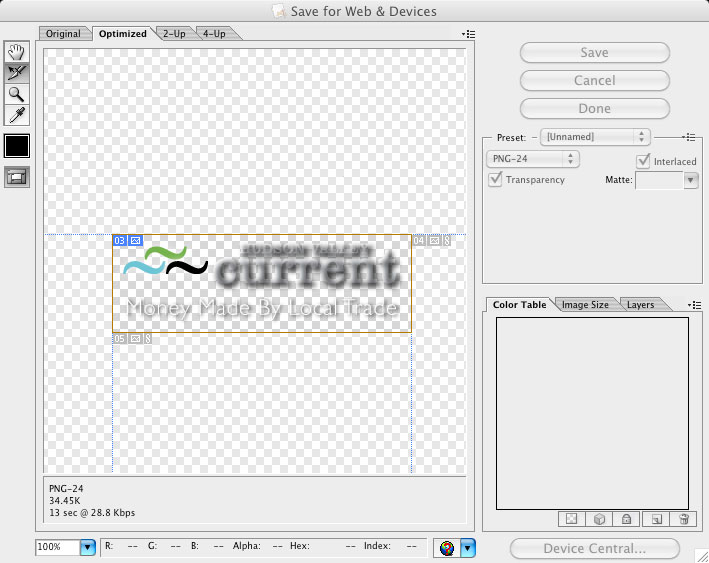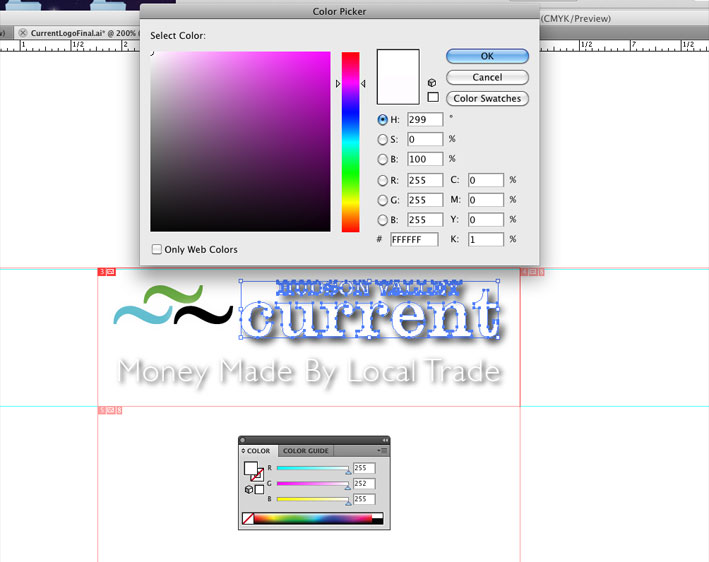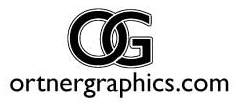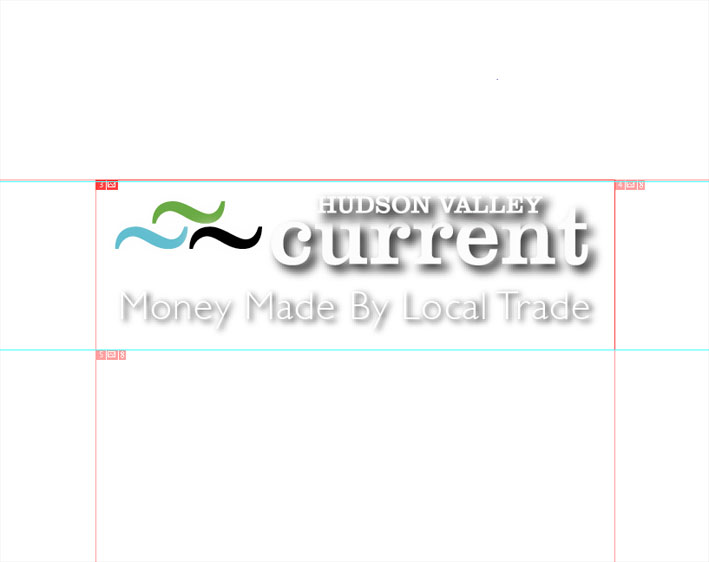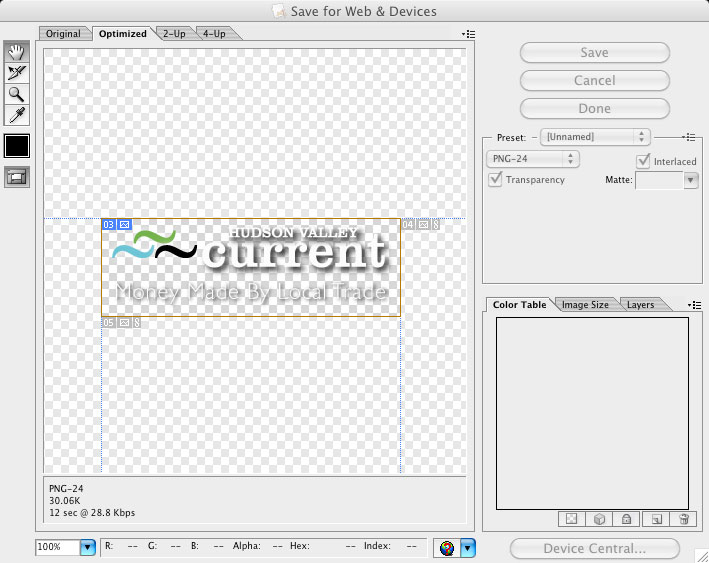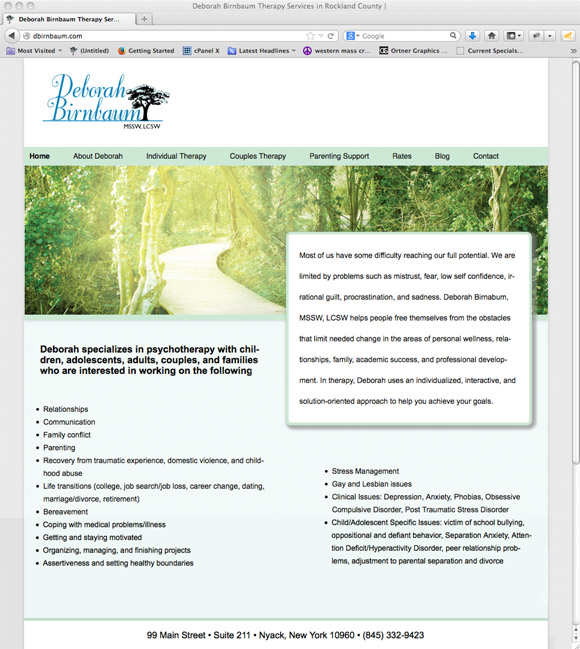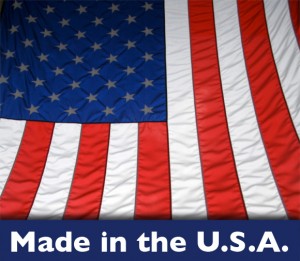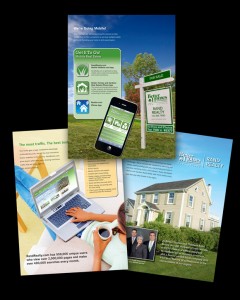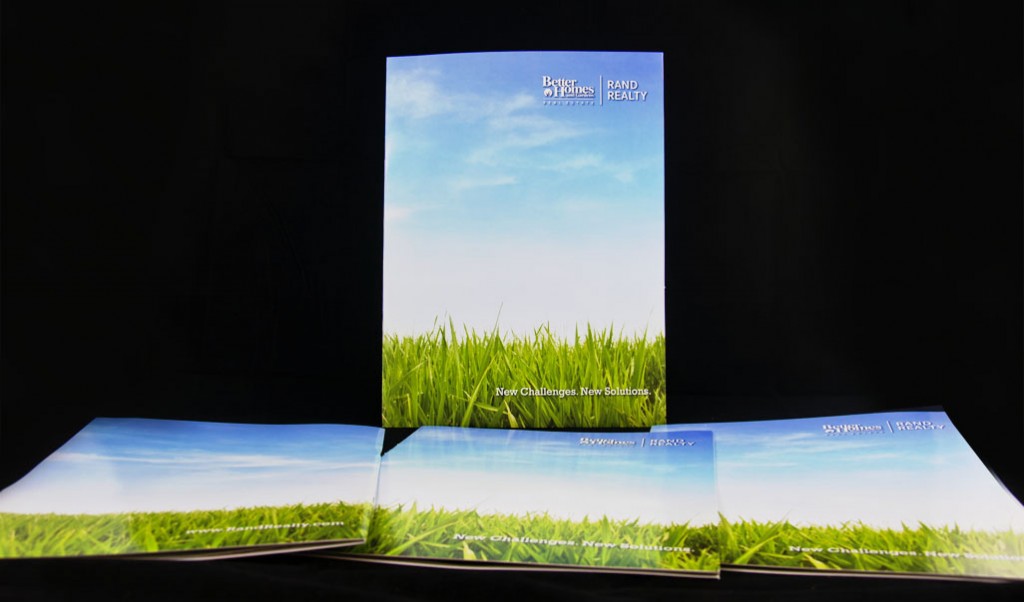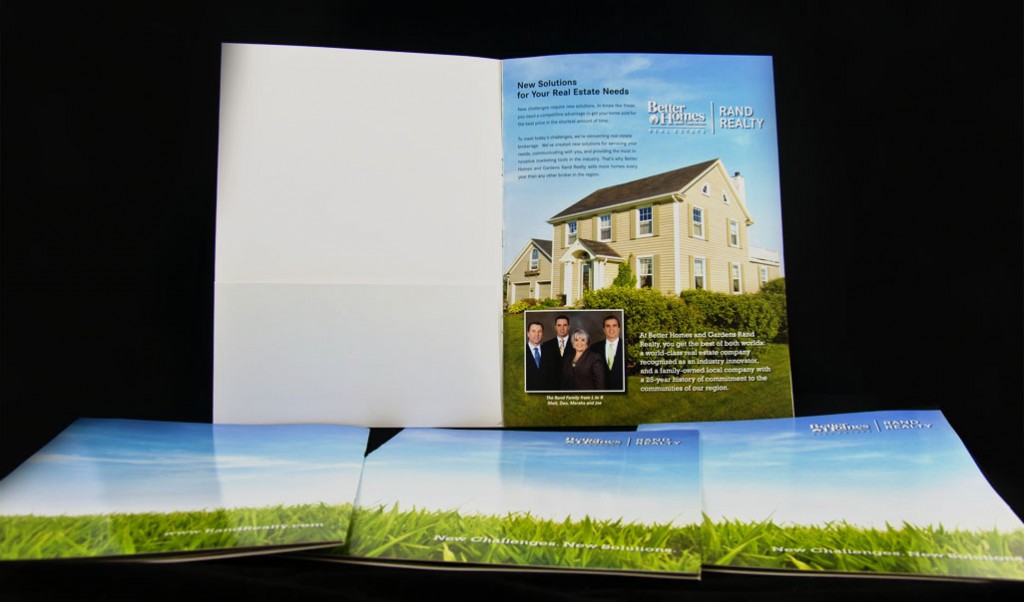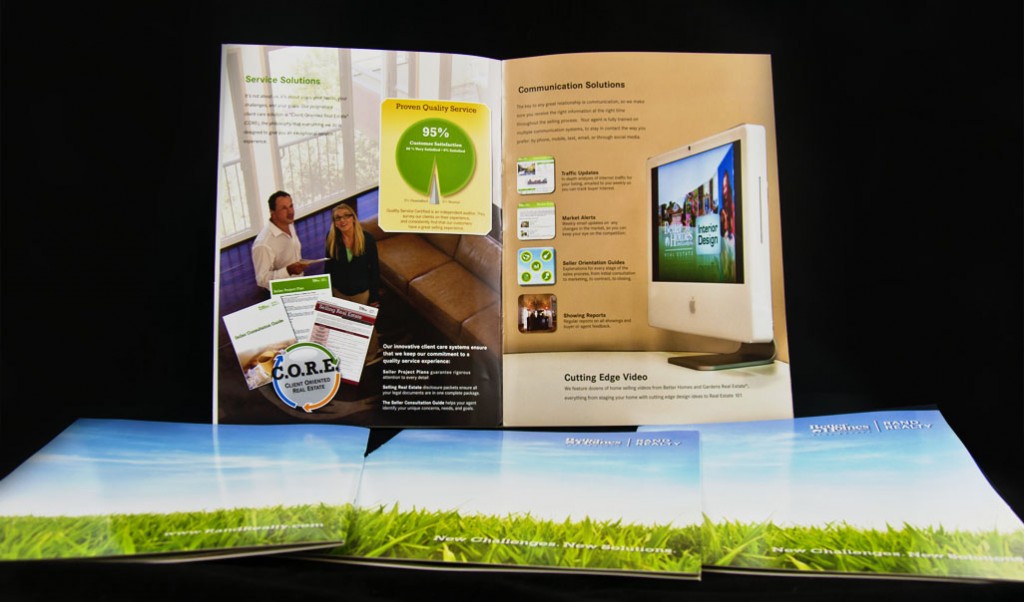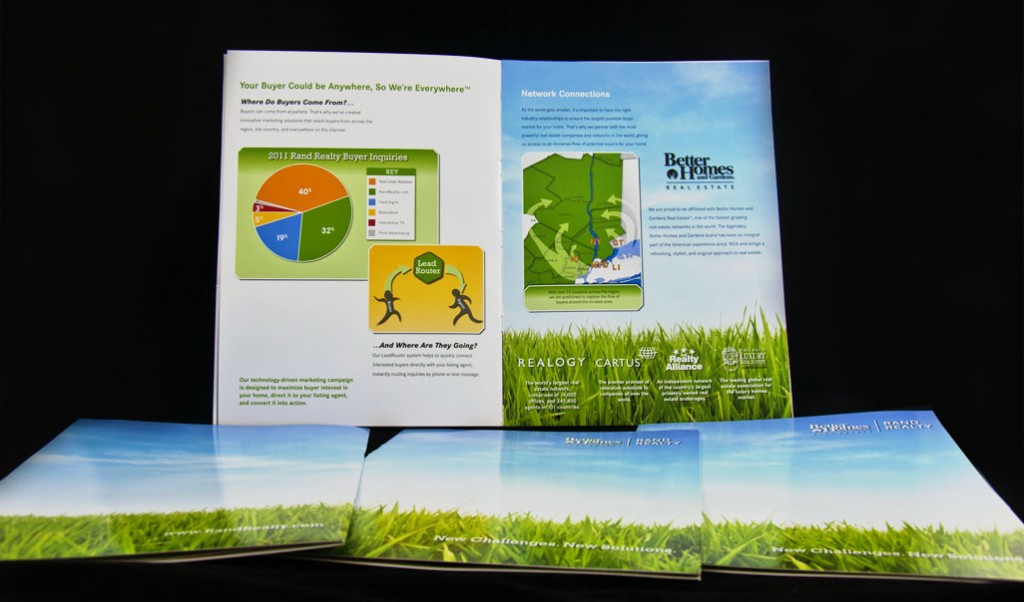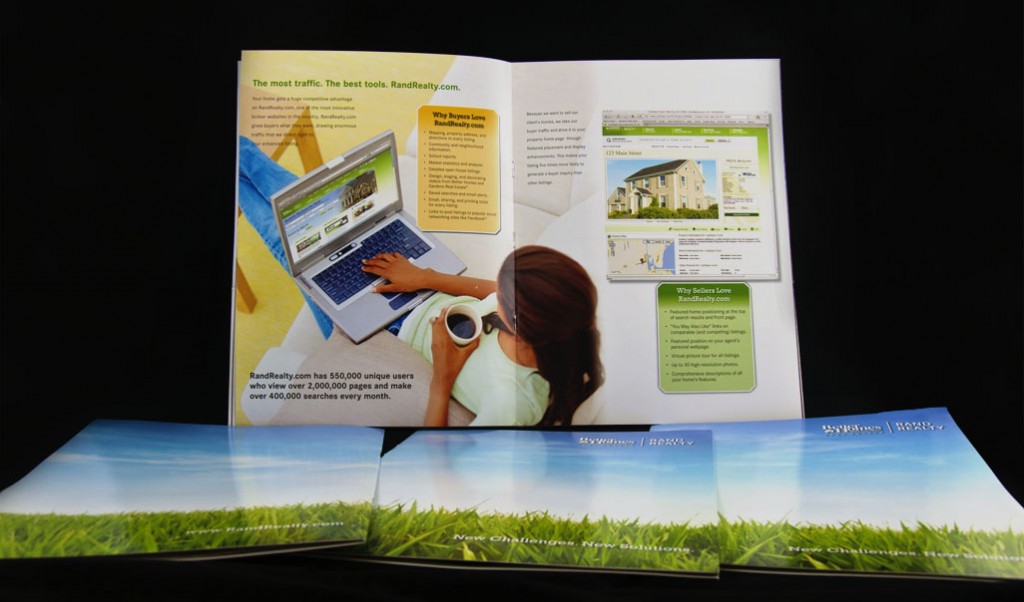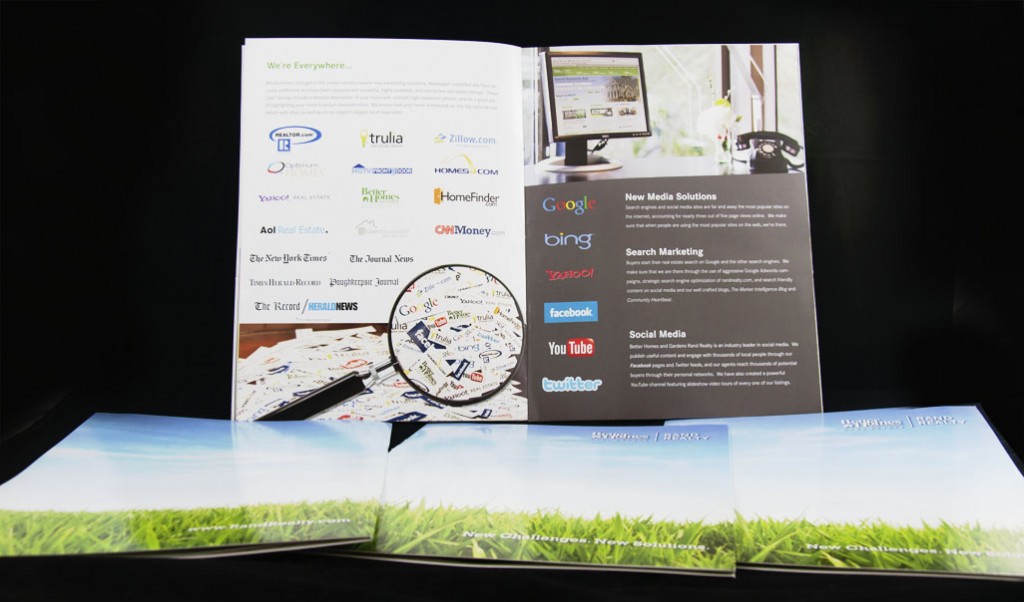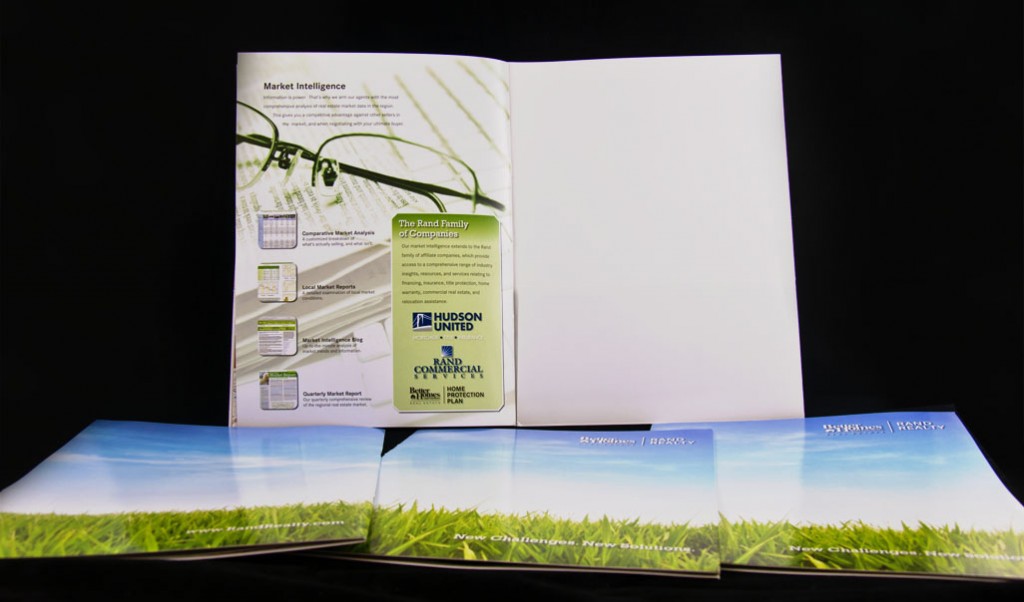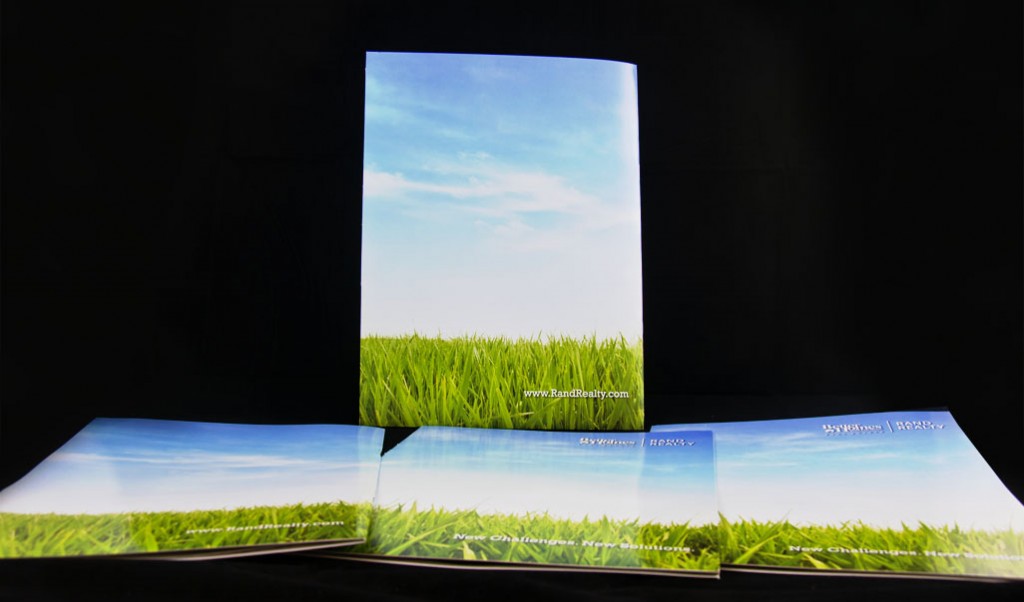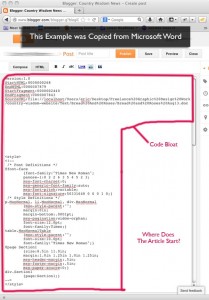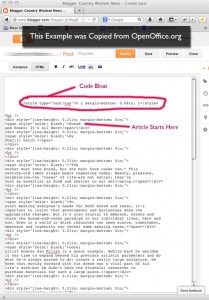All serious marketers are aware that a brochure is a powerful tool to raise awareness of products and services. Many business owners shy away from them today due to perceived expense, preferring instead to use free alternatives like a well cultivated email list. There still is really no replacement for a well designed brochure and when you use a single folded sheet the cost per unit can be reduced exponentially. Single sheet brochures are boring, you say? Think Again! The following is a list of common brochure folds and some creative foundations to utilize graphic design to stretch your marketing budget to its fullest potential. Thus engaging your prospects and converting them to paying customers. All of this for just pennies on the dollar. Hey, that’s cheaper than pay-per-click!
The Half Fold

Half Fold Brochure
Brochures utilizing half folds have a lot of potential for conveying luxury. This is due to their plain yet functional style. In their purest form Half Folds are merely a greeting card. However, with the right message you can use them to showcase your individual products. Imagine a display rack at a trade show filled with these cards exhibiting all of your products in their own light. Your prospects can then take the one they need, but leave the rest. When they get home, they’ll have something to remember you by. All this and you have actually saved money by using less material.
The Tri-Fold
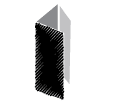
Tri-Fold Brochure
Ah, the old standard. When most people think brochure, this is what comes to mind. Tri-Fold brochures are useful because they can easily fold down to the size of a number ten envelope then be wafer sealed and self-mailed. The multiple panels are also useful for breaking down your company’s products or services into different categories. Each of the panels can conveniently become their own subject. A brochure doesn’t have to be on a letter sized sheet. If you want to make a bigger impression try using a 25.5 x 11 inch sheet folding down to 8.5 x 11. This can be an impressive presentation and is still cheaper than saddle stitching multiple sheets.
Z-Fold and Accordion Fold
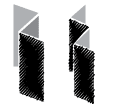
Z-Fold and Accordion Fold Brochures
The Z-Fold is an alternative to your basic Tri-Fold. It has all of the advantages of the Tri-Fold, but it will sometimes make organizing your brochure’s content easier because the brochure opens straight out. With the Z-Fold you don’t need to worry so much about what content appears on the inside right panel and how that relates to the rest of the brochure when viewed flat. If you want to really stand out make a horizontal Z-Fold so that the content drops down as you open up its wafer seal. The physical world is a wonderful place and this sort of customer engagement is never truly able to be duplicated in a digital format. If you have a lot to say and three panels just aren’t enough, you can add one or more panels, and Voila! You have an Accordion Fold. Keep in mind though, that the more panels you add, the more difficult it will be for your reader to hold the brochure.
Gate Folds
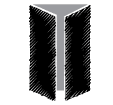
Gate Fold Brochure
Gate Folds literally open themselves to a plethora of design possibilities. Their functional style allows them to be opened like doors. The result is a very engaging user interface beckoning the beholder to discover the mysteries contained within. The added advantages of the gatefold are the two resulting partially folded panels appearing on the left and right side when opened. You can conveniently use these panels to list product and service features without cluttering the appearance of the center panel. The Gate Fold is another time when you should not be afraid to explore size alternatives. They particularly lend themselves to Horizontal Formats.
Double Gate Folds
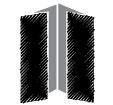
Half Fold Gate Fold Brochure
Maybe you’re super loquacious and neither a Half Fold, nor a Gate Fold is enough space, but really you like the features of both. You’re in luck! The Double Gate Fold marries the unique properties of the Gate Fold and the Half Fold. Once again it is really fun for your audience to open them up. You can also use partial folds on the outside panels to more easily organize content. Another trick of the trade is to have the outside panels offer a tantalizing message opening up to two more surprises. If you have a larger budget you could include a compelling message about a free giveaway. The side panels in-turn open to scratch off areas. Meanwhile the two center panels display important content about your featured products or services.
Half Fold then Tri-Fold
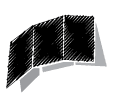
Half Fold Tri-Fold Brochure
Do you have a lot of important information to convey? Do you still need the brochure to fold down to the size of a simple tri-fold for mailing or display purposes? Relax, there is an easy fold solution for this. The Half Fold then Tri-Fold can be a real money saver for direct mail and is great for newsletters. With it you can take an 11×17 sheet of paper and fold it into four 8.5×11 panels. Now you have four large content areas to describe your products. With some well planned graphic design you can further fold the brochure into a nicely display Tri-Fold giving it the ability to be easily displayed or mailed. Simply leave room on the front panel for a compelling cover and mailing area.
Barrel Fold/Roll Fold

Roll Fold or Barrel Roll Brochure
Roll ’em out. Roll Folds are another affordable super engaging fold. Each panel rolls out to show more content.You can use this format to entice your prospect to continue reading and find out what is at the end. This can be a challenging fold to design for because, each visible panel delivers a little bit more information than the proceeding version. As a result the message tends to roll out. Some creative design ideas for the roll fold include: spelling out words, piecing together images like a puzzle, utilizing perforations so you can actually tear the brochure apart as you read it.
Half Fold then Half Fold Brochure

Half-Fold Half-Fold Brochure
Just like the name implies it is simply a sheet of paper folded in half and then in half again. The advantage of this fold, though, is that you can have two completely separate messages. One side of the sheet can be divided into four panels listing the benefits of your products. It even open’s as a regular half fold brochure, giving you that simple yet functional feel. However, when you open the second fold you are staring at a single panel. Think Posters! The Half Fold then Half Fold brochure can be extremely useful as collateral for youthful markets. If the graphic design is cool enough, you’ll have your company’s logo displayed right on your target audience’s bedroom wall! Talk about viral.
As you can see, brochures are still a vital part of any integrated marketing campaign. No matter what your objective or audience, there is a brochure fold that will reach it in a cost effective manner. You just need to be aware of the options that are available. If you have suggestions for other creative ways to implement the basic brochure folds in graphic design please feel free to mention them below.
